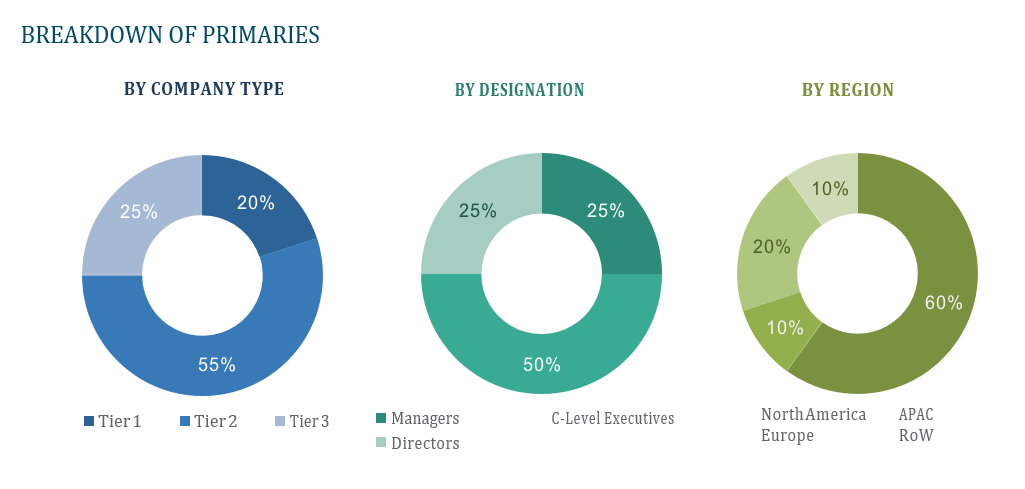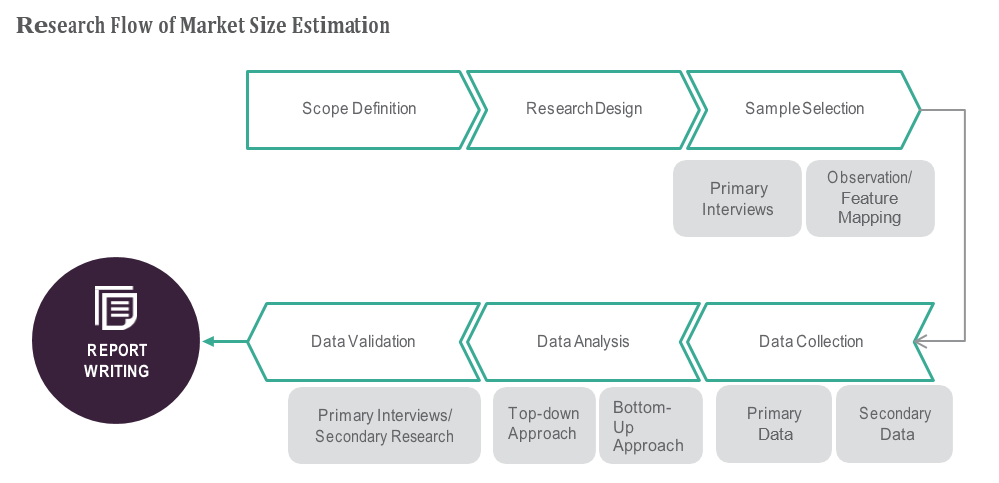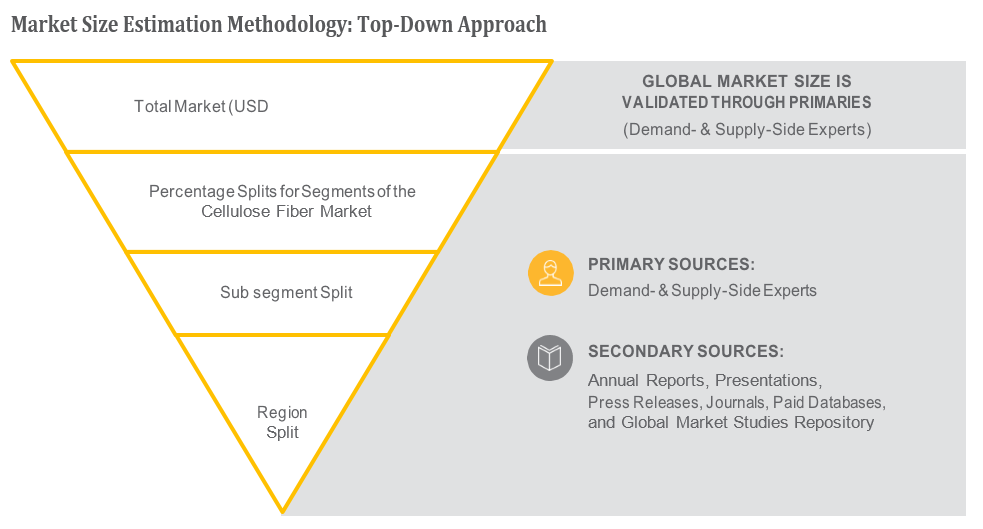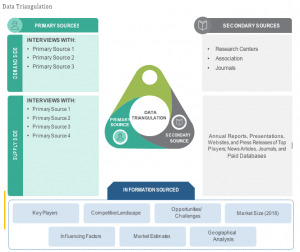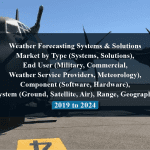OVERVIEW
The Marine Onboard Communication and Control Systems Market is currently valued at USD 8.6 billion in 2024 and will be growing at a CAGR of 7.3% over the forecast period to reach an estimated USD 12.3 billion in revenue in 2029. The Marine Onboard Communication and Control Systems market encompasses a broad array of technologies and solutions crucial for efficient communication and management aboard marine vessels. These systems play a pivotal role in ensuring seamless communication between crew members, monitoring vessel operations, and enhancing safety and navigation. From traditional radio communication to modern satellite-based systems, the market offers a diverse range of products catering to different types and sizes of vessels. Key components include integrated bridge systems, navigation and surveillance equipment, voice and data communication systems, and remote monitoring and control solutions. With the increasing emphasis on digitalization and automation in the maritime industry, the demand for advanced onboard communication and control systems is expected to grow steadily, driven by the need for improved efficiency, safety, and compliance with regulations.
The rising demand for enhanced safety and navigation capabilities aboard marine vessels. With an increasing focus on reducing maritime accidents and improving situational awareness, there’s a growing need for advanced communication and control systems that can facilitate real-time monitoring and decision-making. Additionally, the expanding global trade and shipping activities are driving the demand for modernization and efficiency improvements in maritime operations, leading to investments in upgraded onboard communication and control infrastructure. Furthermore, regulatory mandates aimed at improving communication standards and ensuring compliance with safety requirements are compelling vessel operators to invest in reliable and technologically advanced systems. Moreover, the growing trend towards digitalization and automation in the maritime industry is fueling the adoption of innovative communication and control solutions that can optimize operations and reduce operational costs.
Table of Content
Market Dynamics
Drivers:
The rising demand for enhanced safety and navigation capabilities aboard marine vessels. With an increasing focus on reducing maritime accidents and improving situational awareness, there’s a growing need for advanced communication and control systems that can facilitate real-time monitoring and decision-making. Additionally, the expanding global trade and shipping activities are driving the demand for modernization and efficiency improvements in maritime operations, leading to investments in upgraded onboard communication and control infrastructure. Furthermore, regulatory mandates aimed at improving communication standards and ensuring compliance with safety requirements are compelling vessel operators to invest in reliable and technologically advanced systems. Moreover, the growing trend towards digitalization and automation in the maritime industry is fueling the adoption of innovative communication and control solutions that can optimize operations and reduce operational costs.
Key Offerings:
In the Marine Onboard Communication and Control Systems market, a variety of key offerings cater to the diverse needs of vessel operators and owners. Integrated bridge systems stand out as comprehensive solutions, combining navigation, surveillance, and communication functionalities into a single interface for efficient vessel management. Voice and data communication systems provide reliable means for crew members to communicate internally as well as with onshore personnel and other vessels, often utilizing satellite and terrestrial networks. Remote monitoring and control solutions offer real-time insights into vessel performance and condition, allowing for proactive maintenance and operational optimization. Additionally, navigation and surveillance equipment, including radar systems, sonar, and AIS (Automatic Identification System), play crucial roles in enhancing situational awareness and ensuring safe navigation.
Restraints :
The Marine Onboard Communication and Control Systems market has growth potential, but there are a number of obstacles that could prevent it from growing. The high initial cost of purchasing and installing cutting-edge communication and control systems is a major obstacle, particularly for smaller vessel operators with tighter budgets. Adoption is further hampered by the difficulty of integrating various systems and technology onboard and the requirement for crew members to receive specialised training. Furthermore, as ships become increasingly linked and dependent on digital technologies, worries about cybersecurity flaws in onboard systems heighten concerns about data security and possible cyber threats. While the need for modernised systems is driven by regulatory compliance requirements, maintaining compatibility and adhering to increasing standards also presents obstacles. The marine industry’s cyclical nature and variations in the dynamics of global trade can also have an impact on project schedules and investment decisions, which can slow down the rate of market expansion. Industry stakeholders must work together to reduce hazards, improve affordability, and raise knowledge of the advantages of cutting-edge onboard communication and control systems in order to overcome these limitations.
Regional Information:
• In Europe, the Marine Onboard Communication and Control Systems market benefits from the region’s extensive maritime infrastructure and stringent regulatory standards. With a strong emphasis on safety and environmental sustainability, European vessel operators prioritize investments in advanced communication and control systems to ensure compliance and optimize operational efficiency. Moreover, the presence of leading technology providers and research institutions fosters innovation and drives the development of cutting-edge solutions tailored to the region’s needs.
• In North America, the market is characterized by a focus on leveraging technology to enhance competitiveness and address security concerns. Stringent regulatory frameworks, such as those enforced by the U.S. Coast Guard, drive the adoption of sophisticated onboard communication and control systems to meet compliance requirements and mitigate risks. Additionally, the region’s vast coastline and extensive inland waterways create diverse opportunities for the deployment of marine communication and control solutions across various sectors, including shipping, offshore energy, and defense.
• In the Asia-Pacific region, rapid economic growth and increasing maritime trade activities fuel the demand for modernized communication and control systems to support the expansion of shipping fleets and port infrastructure. With emerging economies like China and India leading the market, there is significant investment in upgrading maritime infrastructure and integrating advanced technologies to enhance operational efficiency and safety
Recent Developments:
• In June 2023, Kongsberg:- Kongsberg unveiled its new K-Chief marine automation system for more efficient marine operations. The K-Chief is a single platform that provides all integrated Kongsberg equipment on board.
• In June 2023, ST Engineering:- ST Engineering developed and upgraded its NERVA ship management system using the latest technologies. NERVA ship management and sensemaking systems provide centralized control and monitoring of platform sensors and systems, incorporating data and predictive analytics.
Key Market Players:
Kongsberg Maritime, Furuno Electric, Wärtsilä Corporation, Raytheon Anschütz GmbH, Thales Group, Northrop Grumman Corporation, L3Harris Technologies, SAAB AB, Tokyo Keiki Inc., and Harris CapRock Communications (now Speedcast International).
Frequently Asked Questions
1) What is the projected market value of the Marine Onboard Communication and Control Systems Market ?
– The Marine Onboard Communication and Control Systems Market is expected to reach an estimated value of USD 12.3 billion in revenue by 2029.
2) What is the estimated CAGR of the Marine Onboard Communication and Control Systems Market over the 2024 to 2029 forecast period?
– The CAGR is estimated to be 7.3% for the Marine Onboard Communication and Control Systems Market over the 2024 to 2029.
3) Who are the key players in the Marine Onboard Communication and Control Systems Market ?
– Kongsberg Maritime, Furuno Electric, Wärtsilä Corporation, Raytheon Anschütz GmbH, Thales Group, Northrop Grumman Corporation, L3Harris Technologies, SAAB AB, Tokyo Keiki Inc., and Harris CapRock Communications (now Speedcast International).
4) What are the drivers for the Marine Onboard Communication and Control Systems Market ?
– The demand for improved safety and navigation on marine vessels is increasing due to increasing global trade and shipping activities. This demand for advanced communication and control systems, regulatory mandates, and the trend towards digitalization and automation are driving investments in these areas to improve efficiency and reduce costs.
5) What are the restraints and challenges in the Marine Onboard Communication and Control Systems Market ?
– The Marine Onboard Communication and Control Systems market faces challenges such as high initial investment, complexity, cybersecurity concerns, regulatory compliance requirements, and global trade fluctuations. These factors hinder the market’s growth, especially for smaller vessels with limited financial resources. To mitigate risks, improve affordability, and raise awareness of the benefits of advanced systems, industry stakeholders must work together.
6) What are the key applications and offerings of the Marine Onboard Communication and Control Systems Market ?
– The Marine Onboard Communication and Control Systems market offers various solutions for vessel operators and owners, including integrated bridge systems, voice and data communication systems, remote monitoring, and navigation and surveillance equipment. These solutions provide efficient vessel management, real-time performance insights, and enhanced situational awareness for safe navigation.
7) Which region is expected to drive the market for the forecast period?
– North America is expected to have the highest market growth from 2024 to 2029
Why Choose Us?
Insights into Market Trends: Global Market Studies reports provide valuable insights into market trends, including market size, segmentation, growth drivers, and market dynamics. This information helps clients make strategic decisions, such as product development, market positioning, and marketing strategies.
Competitor Analysis: Our reports provide detailed information about competitors, including their market share, product offerings, pricing, and competitive strategies. This data can be used to inform competitive strategies and to identify opportunities for growth and expansion.
Industry Forecasts: Our reports provide industry forecasts, which will inform your business strategies, such as investment decisions, production planning, and workforce planning. These forecasts can help you to prepare for future trends and to take advantage of growth opportunities.
Access to Industry Experts: Our solutions include contributions from industry experts, including analysts, consultants, and subject matter experts. This access to expert insights can be valuable for you to understand the market.
Time and Cost Savings: Our team at Global Market Studies can save you time and reduce the cost of conducting market research by providing comprehensive and up-to-date information in a single report, avoiding the need for additional market research efforts.


